Exploring Religion Through the Journeys, Histories, and Sciences of Others
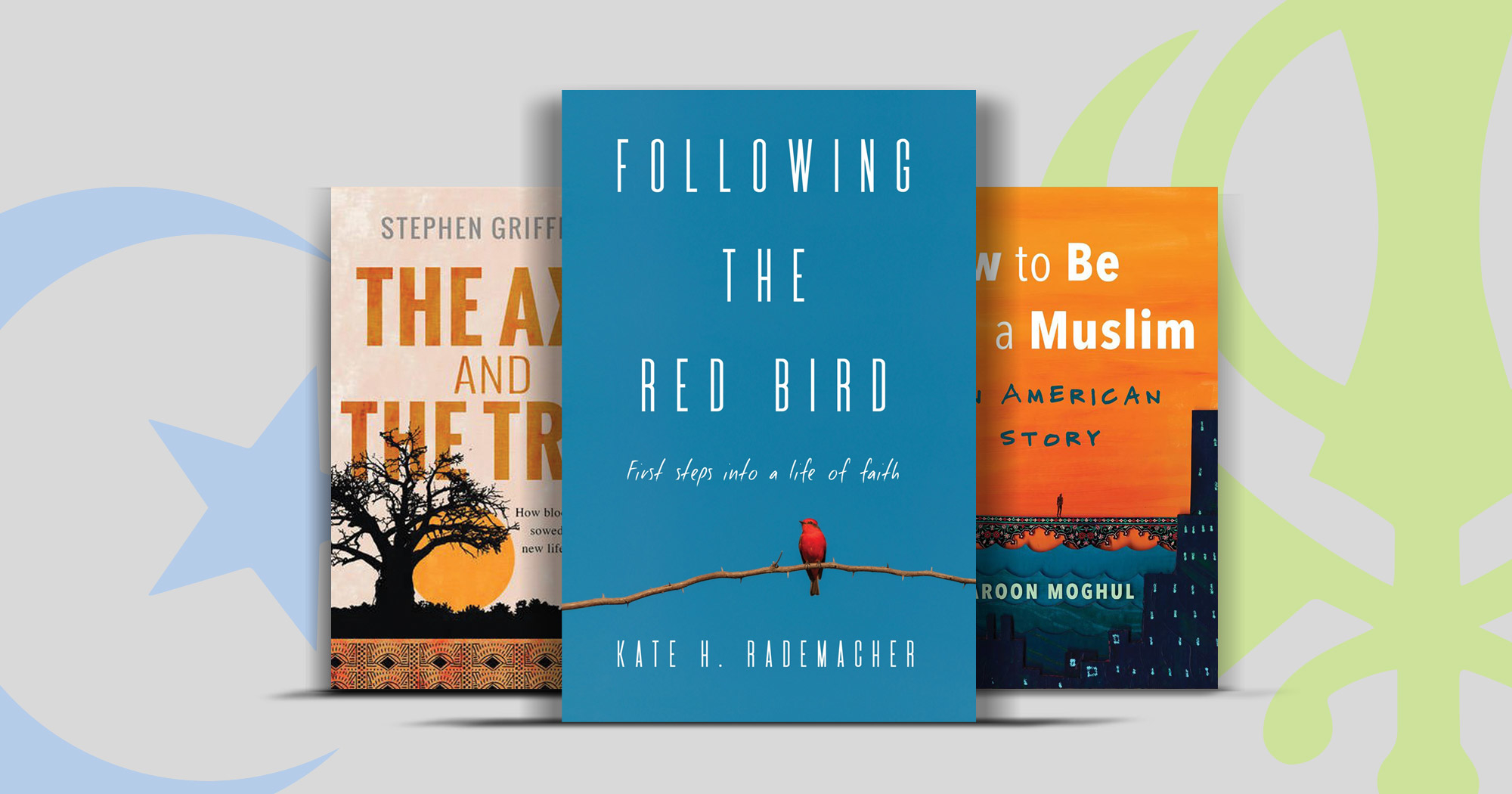
Religion is complex and personal, but it’s also good to reach out and discover more of it. These books reviewed in our Religion Spotlight focus on personal journeys, histories, and intricacies of religion.
Following the Red Bird
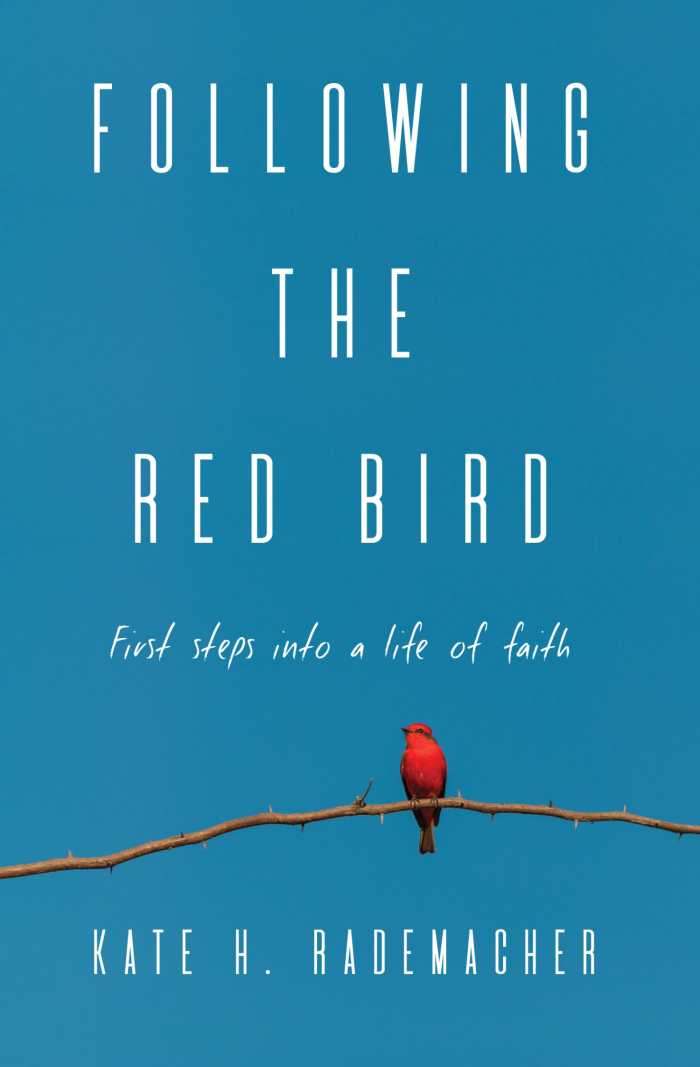
Kate Rademacher
Light Messages
Softcover $18.99 (200pp)
978-1-61153-223-4
Buy: Local Bookstore (Bookshop)
This modern, succinct meditation on grace amply demonstrates that following God is an ongoing journey.
Following the Red Bird: First Steps into a Life of Faith portrays one woman’s journey into an Episcopalian community. From the initial glow after baptism to the discovery that even seasoned believers find it hard to obey God, this elegant memoir offers practical encouragement.
Kate H. Rademacher brings wisdom to the newly converted. A compelling bouquet of quotations and personal experiences highlights the power of seeking the “still, small internal voice of the divine.”
Born to liberal parents, raised outside of Boston, and married to a Buddhist, Rademacher never expected to become a Christian. Her conversion is a useful reminder that no matter the circumstances, anyone can find God. Clear, thoughtful nods to Kathleen Norris, C. S. Lewis, Thomas Merton, and T. M. Luhrmann provide a literary road map while also inspiring the author’s own reflections.
Chapters explore familiar concepts, including honoring the sabbath; the temptation of self-promotional ambition; backsliding; embracing mystery and contradiction; learning discernment; discovering a vocation; and choosing love.
Rademacher’s book fills a unique gap for new Christians. It doesn’t assume previous exposure to religion, but neither does it dilute critical details. Each topic is broached with humility. Open-minded questioning keeps the tone from turning prescriptive.
Minimal references to Bible verses allow those who have yet to study the book in depth to focus on the broader message rather than a close reading. There’s room for mysticism too; when the author realizes that God can be experienced through visions and emotional impressions as well as prayer, she expresses palpable relief that not everything has to be rational to be understood.
Especially fascinating sections detail Episcopalian ancestors and their influence. The author’s lineage reveals a long-held belief in social justice, which later dovetails with discussions on answering one’s calling as well as more general views on service. One of the strongest, most refreshing chapters considers the year-long sabbath—an unusual, even radical, notion in today’s 24/7 wired workplace.
This modern, succinct meditation on grace amply demonstrates that following God is an ongoing journey. Personal failings, distance, and constant efforts to return mark a faith that is flawed and genuine and all the more convincing for its humanness.
KAREN RIGBY (May 27, 2017)
How to Be a Muslim
An American Story
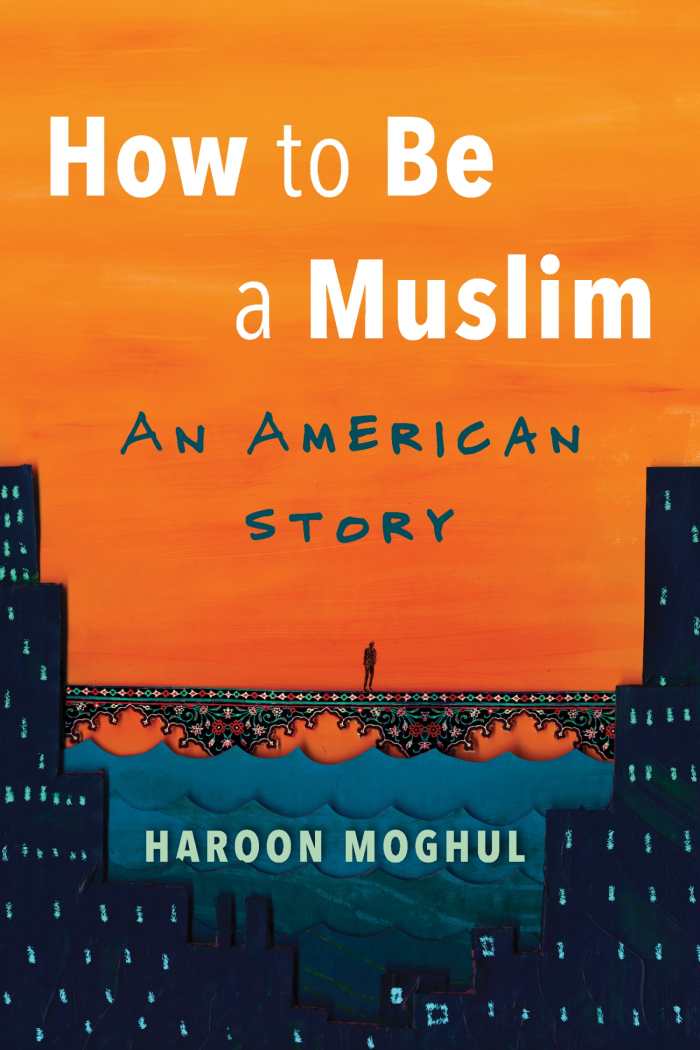
Haroon Moghul
Beacon Press
Softcover $17.00 (256pp)
978-0-8070-2074-6
Buy: Local Bookstore (Bookshop)
An appealing voice parses through history to demonstrate how the author eventually returned to Islam.
How to Be a Muslim: An American Story details Haroon Moghul’s journey from nonbelief to faith. With capacious wit and impassioned logic, this timely memoir portrays the forging of a young man’s identity.
An essayist, broadcaster, and commentator on Islamic affairs, Moghul takes a personal turn describing early rifts between his inward and outward life. He was born to Punjabi parents from Pakistan, and raised as a Muslim in New England despite his lack of connection to God. Thematic chapters detail his struggle to reconcile his family’s religion with his longing for a normal teenage life; attempts at relationships; his college years; excursions to Mecca, Medina, Jerusalem, Cairo, and Dubai; bipolar disorder; divorce; and other topics. No matter the event under discussion, it’s the fascinating tension between what others perceive Moghul to be and what Moghul feels that results in a work of biting self-awareness.
Passages dart between reflection and observation, pop culture and the Qur’an with ease. An appealing voice parses through history to demonstrate how the author eventually returned to Islam. Passages on Muhammad provide an especially informative backdrop. More intriguing chapters cover the topic of activism despite ambivalence. Several sections span Moghul’s time as a leader at NYU’s Islamic Center, where the divide between public conviction and private doubt is drawn with frankness in the months following 9/11. Though the book deals with specific issues—including navigating a changed world in which being Muslim inspires the fear of extremism––Moghul’s story makes a wider impact.
Chapters that focus on a suicide attempt capture the exhausting, spiraling nature of a man who revisits scenes to understand what went wrong. The writing of the book itself becomes a reason to keep living. It’s here, in the act of ordering words to order the mind, that a redemptive arc emerges. No longer bound by formality, and able to pour out anguish in personal talks with God, the author finds peace.
For all its open admission of personal faults, the memoir seldom dwells in regret. The challenge of figuring out who and what to become serve as potent reminders that every person, regardless of his or her background, faces similar questions.
KAREN RIGBY (May 27, 2017)
Sin Bravely
A Memoir of Spiritual Disobedience
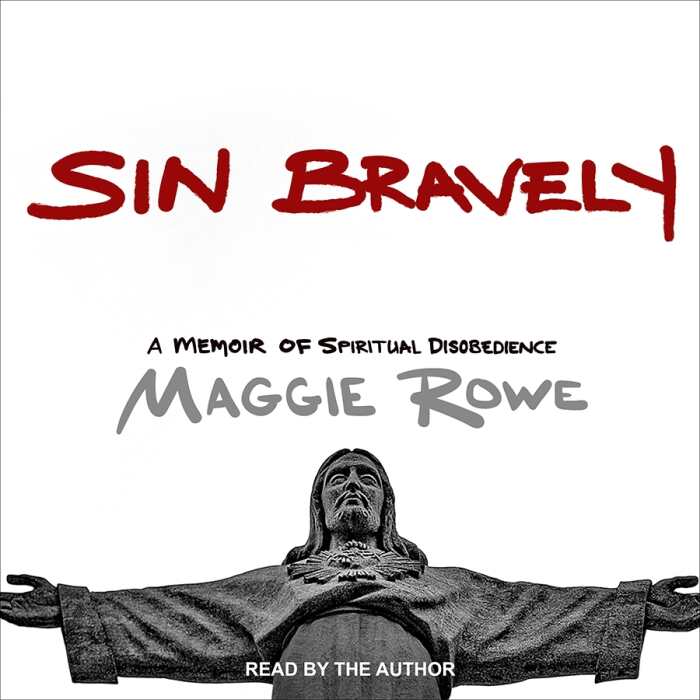
Maggie Rowe
Tantor Audio
Audiobook $17.99
978-1-5159-8712-3
Sin Bravely is a hilarious, thought-provoking, and thoroughly unconventional story of salvation.
Maggie Rowe’s memoir of the summer she spent as a troubled teenager in a fundamentalist Christian psychiatric center is a rare creature: a tale that is simultaneously laugh-out-loud funny and sincerely thoughtful about the role of sin, salvation, and certainty in the human psyche.
As the child of a Southern Baptist family, Rowe grew up on a steady diet of the Bible and Protestant Christian religious teachings. Like many bright young people who take ideas seriously, she asked uncomfortable questions. If God is good and all-knowing, then why does he create souls that will be tortured for eternity? If human understanding is imperfect, then how can anyone really know whether they are saved or damned?
“Jesus’s eyes seemed kind, but I will not let myself be fooled,” Rowe says:
I know that [He] could turn on me at any moment; that He is kind until He is not, that He is absolute love until He is absolute vengeance. I know He could effortlessly toss me into hell for all eternity before turning back to nuzzle his beloved sheep – all without messing up His Pantene hair. I am in jeopardy and I will not let myself forget it.
Driven by such doubts to seek certainty at the Grace Point Evangelical Psychiatric Institute, Rowe instead finds herself immersed in the difficulties and absurdities of lives other than her own, and tentatively exploring a path to something completely different.
Rowe, today a successful actress, screenwriter, storyteller, and producer of Comedy Central’s long-running stage show Sit ’n’ Spin, has a wonderful feeling for the rhythm of a story and a mordant eye for detail. She has tackled religion before, in satirical presentations such as Hollywood HellHouse, but the story presented here is far more personal.
Rowe’s delivery is expressive without being mawkish, conveying metaphysical dread, thoughtfulness, sympathy, and deadpan irony in her tale of self-absorbed therapists, enigmatic counselors, and the eccentricities and struggles of her fellow patients. Most affectingly, she also unflinchingly skewers the naive assumptions, self-indulgent rationalizations, and tormenting doubts of the hell-haunted girl she once was. The salvation she finds is not at all what she thought she was looking for.
Sin Bravely is a hilarious, thought-provoking, and thoroughly unconventional story of salvation, and this is the ideal way to experience it: through its author’s voice.
BRADLEY A. SCOTT (May 27, 2017)
The Axe and the Tree
How Bloody Persecution Sowed the Seeds of New Life in Zimbabwe
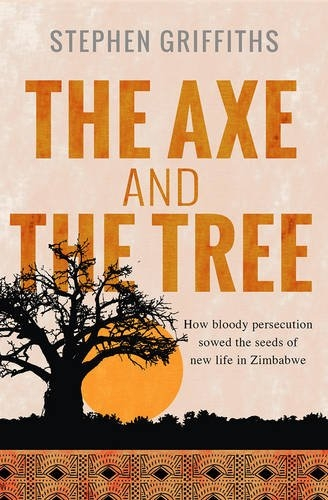
Steve Griffiths
Monarch Books
Softcover $16.99 (288pp)
978-0-85721-789-9
The Axe and the Tree strives to show the deep connection between the Griffiths, their faith, and the people of Zimbabwe.
The Axe and the Tree, by Stephen Griffiths, is an exhaustive recounting of the author’s parents’ journey into the mission fields of Rhodesia, later Zimbabwe, and the life his family made there from the 1950s through the traumatic transition to postcolonial autonomy in the 1970s.
Answering a missionary call issued by the Pentecostal Church in the 1950s, they entered post-WWII Rhodesia and worked to enrich locals’ lives by sharing what seemed precious and best about their own: faith, education, and access to medical care. Zealous, fervent, and largely self-taught, the Griffiths identified with the locals through a shared sense of persecution, working-class origins, and alienation from the ruling class. And they managed to do their chosen work there for nearly thirty years on a shoestring budget, while raising a family, and amidst guerrilla warfare and the wholesale slaughter of locals and missionaries alike.
As historical chronicle, the narrative doesn’t fail to record the social norms of the day, even those behaviors that seem cringe-worthy today. This dedication often humanizes Griffiths’s subjects and illustrates the complex array of societal entanglements that missionaries and locals were trying to navigate at this turning point in Zimbabwe’s history. While the narrator attempts to interrogate and contextualize many of these behaviors, analyzing his experience of racism proves slippery. Integration is frequently mistaken for equality, and no examination of the racially charged overtones of European missionary work is made.
The book struggles to cement the narrator’s perspective with the beginning written as biography and latter portions as memoir. The problem diminishes as the book leans toward memoir, although it never completely disappears. Although quite thorough and rigorous in historical detail, the tone can veer close to hagiography in its zeal to deliver religious testimony and present the lives of this missionary family as divinely ordained and perfectly ordered by submission to God.
A tribute to the author’s parents and a diligent record of their struggle to win souls for Jesus, The Axe and the Tree strives to show the deep connection between the Griffiths, their faith, and the people of Zimbabwe without deviating from a central focus on right practice, belief, and submission to God as the necessary foundation for all goodness in the world.
LETITIA MONTGOMERY-RODGERS (May 27, 2017)
The Jewish Bible
A Material History

David Stern
University of Washington Press
Hardcover $50.00 (320pp)
978-0-295-74148-2
Buy: Local Bookstore (Bookshop)
The Jewish Bible is a fascinating look at a work whose materiality is shown to be inseparable from its meaning.
David Stern’s The Jewish Bible: A Material History is a carefully plotted, awe-awakening journey through the evolution and adaptation of the Jewish Bible within a variety of cultures and settings. This enrapturing work is extensively footnoted and amply enlivened by photographic support.
Stern traces the progression of the Hebrew Bible from oral tradition to its inscription on scrolls, and on to the Jewish leadership’s reluctant acceptance of codices, at first thought to be too Christian a vehicle for the Jewish text. He explores the reasons behind the substantial size of the Torah in synagogue settings––“the rabbis effectively turned a ‘book,’ a text to be read, into a cult object to be revered”—and notes how the reverence given to it resulted in a near magical aura, with some medieval communities said to treat their scrolls as though they possessed “amuletic powers.”
Information about the unique features of the Masoretic text (a text “key to the Jewish Bible’s history, or better yet, the key to its Jewishness”), and about the necessarily interpretive work of vocalization and translation, proves to be an exciting introduction to the Bible’s evolution, while some of Stern’s terminological presentations (here, midrash is “the rabbinic name for Bible study”) are both curious and illuminating.
The influence of surrounding cultures is shown: via general presentation on the page, or the way that the space around the text was handled, and even through the size of a particular codex. The advent of the printing press is shown to have opened up the Jewish Bible to non-Jewish readers in a freshly seamless way, resulting in new challenges with such new access.
Such research provides a good road map for identifying the origins and influences of surviving manuscripts, and bibliophiles will find much here that fascinates. Photographs of Torah scrolls, adornments, and bits of text from copies like the Aleppo Codex are a fascinating accompaniment, and they help to bring Stern’s text into relief. The Jewish Bible is a fascinating look at a work whose materiality is shown to be inseparable from its meaning.
MICHELLE ANNE SCHINGLER (May 27, 2017)
Just Immigration
American Policy in Christian Perspective
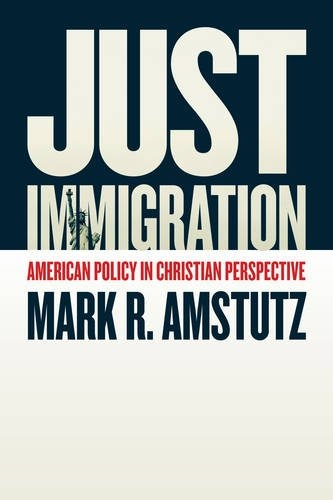
Mark R. Amstutz
Eerdmans
Softcover $25.00 (240pp)
978-0-8028-7484-9
Buy: Local Bookstore (Bookshop)
Just Immigration is an informative, thought-provoking read that sparks discussion on a pressing humanitarian issue.
Political-science professor Mark R. Amstutz comprehensively addresses one of the most contentious political issues of the day in his thoughtful new book, Just Immigration: American Policy in Christian Perspective.
Before diving into the philosophical and religious foundations of current views on immigration, Just Immigration provides a helpful overview of immigration policy in the United States. It breaks down the development of policy over two centuries and highlights many racist and exclusionary laws that favored Northern European immigrants and discriminated against Asians and other groups. The book then takes an interesting turn, focusing on recent policy, specifically that related to immigration from Latin America, and explores Christian perspectives on the issue. These include both mainstream Catholic and Protestant views.
Just Immigration attempts to ground its own view of immigration in a contemporary Christian ethic. It levels incisive criticism at the positions of both evangelicals and Catholics, revealing shortcomings in their respective arguments. While it’s easy to moralize on the issue, and to profess the Christian duty of helping the less fortunate, it’s harder to recognize the essential nature of the state in regulating immigration and protecting both citizens and immigrants, the book argues. The best insight it offers is its differentiation between cosmopolitanism and communitarianism. The former views the people in the global community as more important than national boundaries. The latter views globalism as important but also recognizes the power of communal identities, nation-states, and the rule of law in securing human rights.
Amstutz professes his preference for a complex communitarian view of immigration and, to his credit, tries earnestly to reconcile what he views as the competing interests of transnational migrants and native citizens. The book falters, however, when it repeats the claim that low-wage migrant workers depress wages for low-skilled citizens, but he offers scant proof. It also mentions the importance of addressing root causes of global migration but doesn’t get into specifics.
At its best, Just Immigration is an informative, thought-provoking read that sparks discussion on a pressing humanitarian issue.
SCOTT NEUFFER (May 27, 2017)
Foreword Reviews
